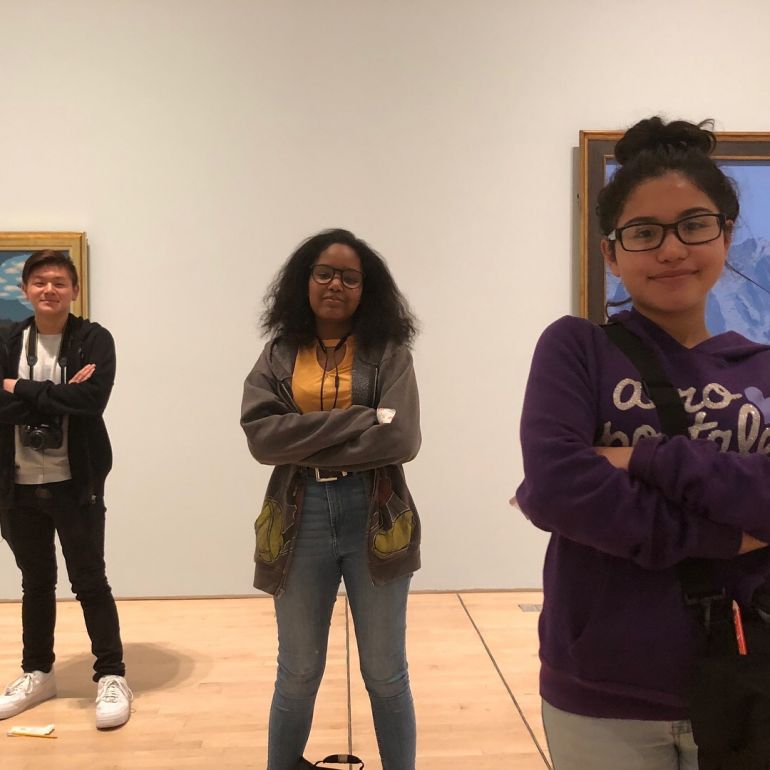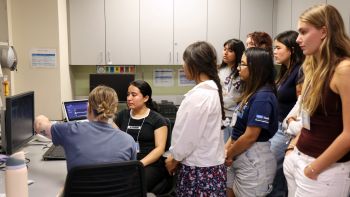We’re excited to welcome guest authors to our blog! This post was written by high school students from the Summer Research Boot Camp in the labs of Andrew Fuligni and Sandra Graham at UCLA, led by Jenna Felkey, Selam Mulugeta, and Ritika Rastogi.
Authors: Paris Nemandoust, GyeNyame Brown, Seyoung Ki, & Charlotte Osterman
Friendships During the COVID-19 Pandemic
One of the biggest changes that the COVID-19 pandemic has brought is the quarantine and “stay-at-home” orders. This specifically has had an impact on people’s ability to maintain their relationships with friends in a lot of different ways.
For some people, quarantine has created an opportunity to become even closer with existing friends. With not much to do at home, all many teens can do to connect with their friends is talk on the phone and text. Some of us have gotten closer with friends who live in our neighborhood because with COVID, we can’t go out into large groups or go very far so we hang out with friends locally. For some teens, even when friends live in different neighborhoods, being forced to interact solely through texting/video can make it easier to “hang out” because we don’t have to drive or plan ahead. In fact, quarantine has not only helped to expand our typical group of friends, but also to strengthen the quality of our existing relationships.
For others of us, quarantine has been very challenging. It can be difficult to find time or an opportunity to spend time with or talk to the friends we would mostly see outside of school. Contact with other people—those who might be acquaintances or people who we mainly only hang out with at school—has also dropped. Even though we aren’t close friends, these relationships are still important because we still need to rely on our peers for school help (e.g., texting when we have questions with homework). These peers also teach us how to interact with people who are different from us and they teach us important communication skills. Lastly, the more people we interact with on a day-to-day basis, the more we can learn about diverse types of people and the fewer stereotypes we hold.
Another new challenge has been trying to navigate different expectations between our parents and our friends’ parents. The government has advised us to stay at home, and maintain social distance, but some of our friends might still continue to go outside and hang out. For those of us with stricter parents or who want to be more cautious and maintain social distance, these decisions can be hard to navigate when trying to plan our own interactions with people. In sum, COVID-19 has brought on a lot of changes to our relationships, and there are a lot of questions that researchers could focus on right now. Some of these questions are:
- Has friendship quality been affected by transitioning to text and video mediums instead of in-person?
- Is the quality of cross-ethnic or same-ethnic friendships more affected by quarantine? What role does neighborhood segregation play?
- How do socio-economic status (SES) and access to technology affect adolescents’ relationships during this time?
- How has quarantine (and the need to communicate virtually) affected the development of social skills among children and adolescents?



